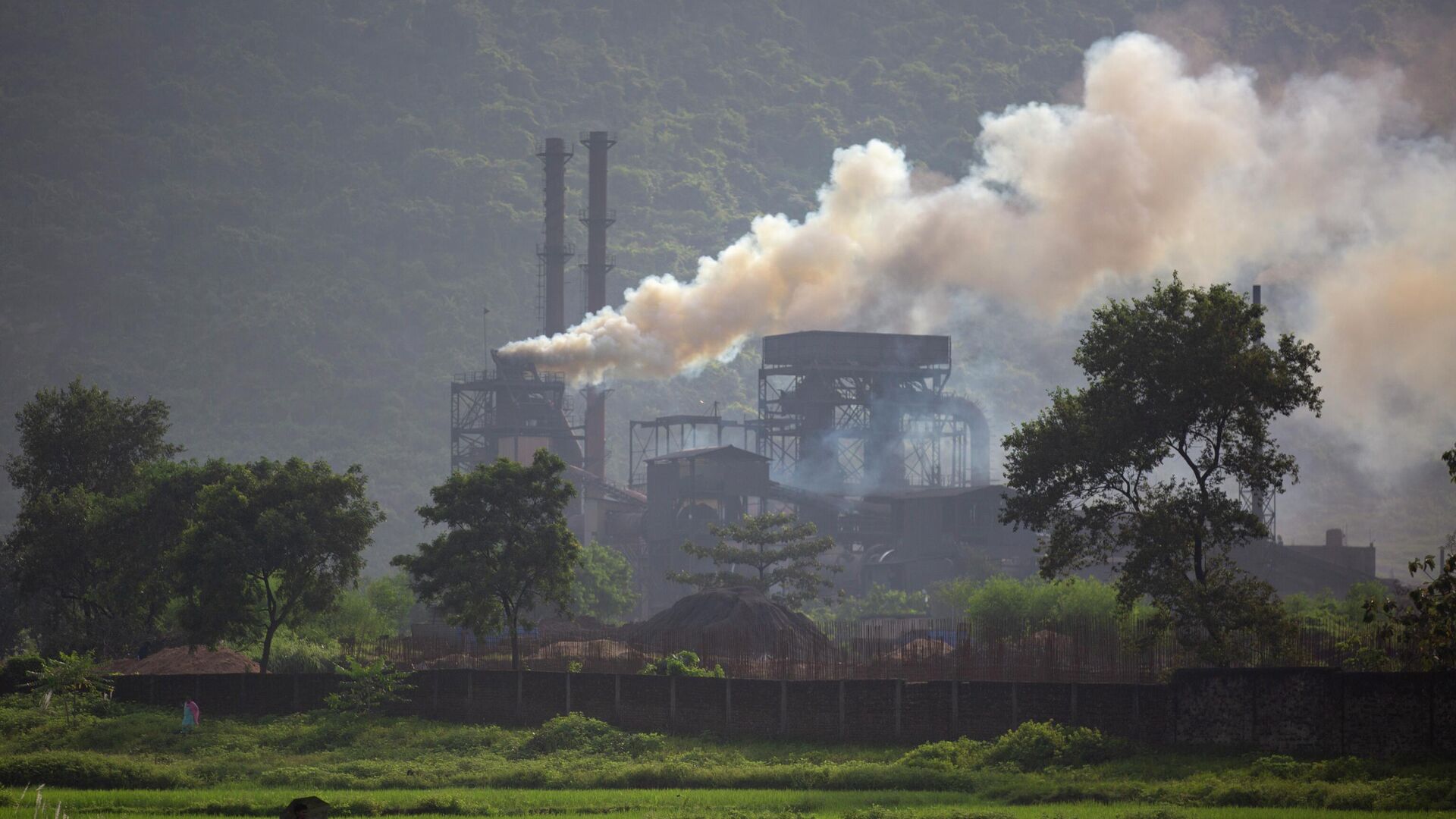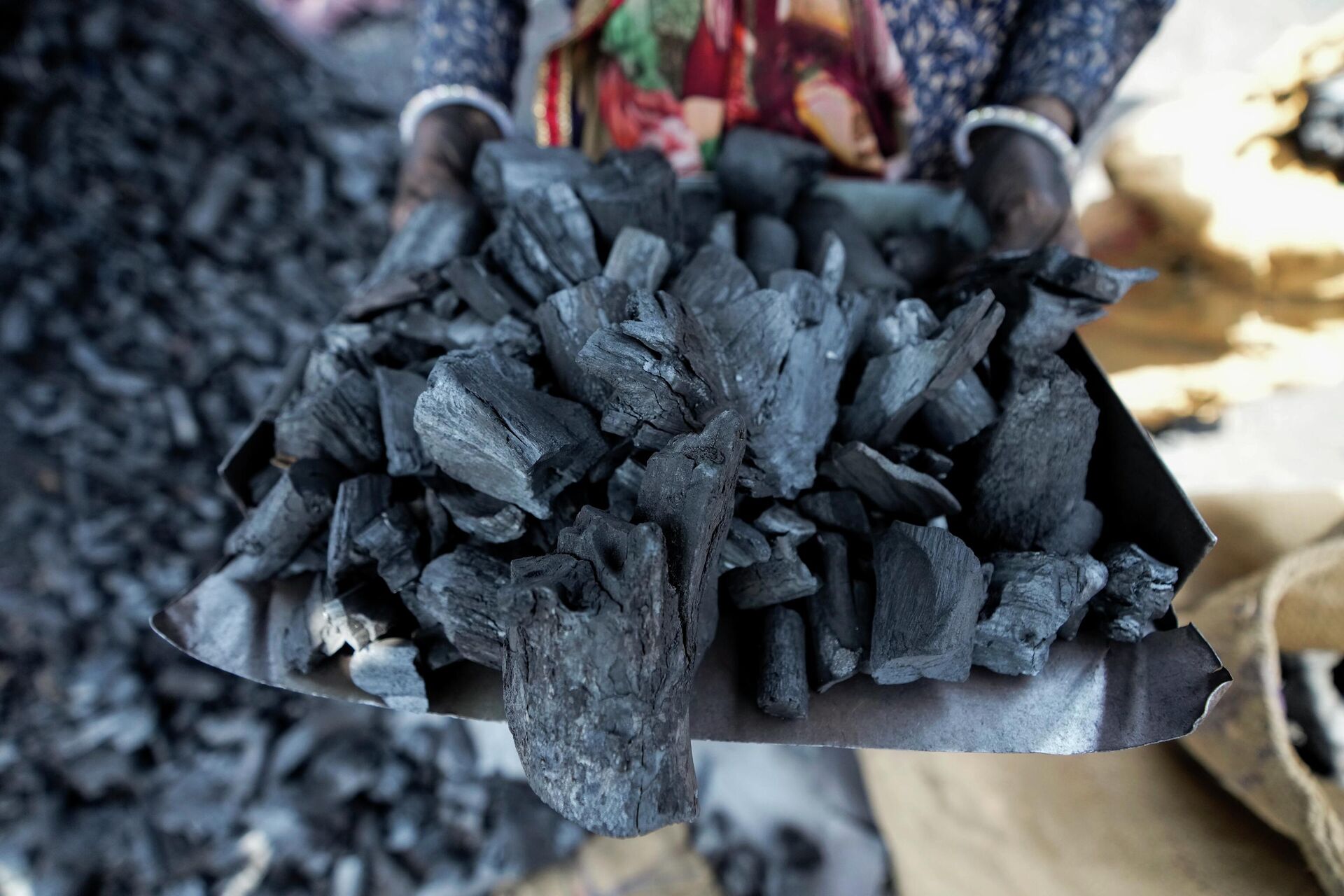https://sputniknews.in/20230302/india-to-avoid-repeat-of-last-years-power-crisis-say-experts-1044718.html
India to Avoid Repeat of Last Year's Power Crisis, Say Experts
India to Avoid Repeat of Last Year's Power Crisis, Say Experts
Sputnik India
The power ministry ordered that all coal-based plants, including imported coal plants, will be run at full capacity for three months starting March 16.
2023-03-02T19:10+0530
2023-03-02T19:10+0530
2023-03-02T19:10+0530
india
coal production
green energy
karnataka
new delhi
narendra modi
https://cdn1.img.sputniknews.in/img/07e7/03/02/1048680_0:29:3072:1757_1920x0_80_0_0_4cea1bf69c9151fb27b6759188bf4b10.jpg
Many Indian cities last year faced some of the worst power crises in recent years. As the heatwave swept across the country, generators experienced a surge in electricity demand which led to power cuts throughout the country.Adding to the woe, global coal prices have been spiraling since last year, forcing India to limit its coal imports.Many Indian states such as Rajasthan, Punjab, Jharkhand, Kerala, Uttar Pradesh, and Maharashtra were forced to cut electricity supply in urban and rural areas during April and May, as the country witnessed one of the worst power crises in six years.An official at the power ministry told Sputnik that in an attempt to avoid such a crisis recurring this year, a close watch is being kept on coal supply at thermal power plants.The official said that Section 11 of the Electricity Act, 2003, under which thermal plants using imported coal can be generated at full capacity, has been invoked.Talking to Sputnik Aditya Lolla, senior electricity policy analyst with Ember, said that the government wants to ensure that "the lights stay on this summer".He said that New Delhi wants to reduce its dependency on coal plants, but it is not going to shut them down in the near future.Another expert, Somesh Kumar, a power and utilities leader at EY India, told Sputnik: "In February this year, we have seen a nine to 10 percent spike in electricity demand compared with the same period last year. We are preparing for demand of 230GW this year."The Indian meteorological department said on 28 February that the monthly average maximum temperature across the country was the highest for February since 1901.The weather department has predicted the enhanced probability of heat waves in most parts of the country during the three months ending 31 May.India's average growth in annual demand is around 3 to 5 percent.How Much Coal Does India NeedAccording to Indian government data, around 75 percent of the total power generation is achieved through thermal coal plants, and India is the world's second-largest consumer, producer, and importer of coal.Currently, India has 179 coal power plants. Last year 82 plants were in critical condition but this year the number is 46 plants.India's Green Energy MissionIndia, in 2018, set a target of having 175 gigawatts of renewable power generation capacity by 2022, a goal which it has come within 80 percent of meeting. However, experts have appreciated India's effort for "noteworthy achievement".Nonetheless, the Indian government's commitment and support toward renewables remain strong, energy research and consultancy group, Wood Mackenzie, said.Last week, Indian Prime Minister Narendra Modi set an ambitious target and said that India will have 500GW of renewable energy by 2030. The country is also aiming to achieve net-zero carbon emissions by 2070.India aims to achieve half its power needs via renewables.However, experts feel that India may increase its share in renewable, but they doubt whether the country can reduce its dependency on coal any time soon.Karnataka, Gujarat Make Greatest Progress in Transition to Clean ElectricityA report published this week, prepared by the Institute for Energy Economics and Financial Analysis (IEEFA) along with EMBER, stated that the states of Karnataka and Gujarat have come closer to a clean electricity transition goal compared with 16 other Indian states.It also said that Haryana and Punjab had shown promising preparations and implementations for electricity transition.
india
karnataka
new delhi
Sputnik India
feedback.hindi@sputniknews.com
+74956456601
MIA „Rossiya Segodnya“
2023
Deexa Khanduri
https://cdn1.img.sputniknews.in/img/07e6/0c/13/138923_52:0:533:481_100x100_80_0_0_cadf23d341691fc65ff2b22fd1afe584.jpg
Deexa Khanduri
https://cdn1.img.sputniknews.in/img/07e6/0c/13/138923_52:0:533:481_100x100_80_0_0_cadf23d341691fc65ff2b22fd1afe584.jpg
News
en_IN
Sputnik India
feedback.hindi@sputniknews.com
+74956456601
MIA „Rossiya Segodnya“
Sputnik India
feedback.hindi@sputniknews.com
+74956456601
MIA „Rossiya Segodnya“
Deexa Khanduri
https://cdn1.img.sputniknews.in/img/07e6/0c/13/138923_52:0:533:481_100x100_80_0_0_cadf23d341691fc65ff2b22fd1afe584.jpg
coal production, power crises, heatwave, power demand in india, coal plant in india, power cuts, black out, coal import, rajasthan, punjab, jharkhand, kerala, uttar pradesh, maharashtra, electricity supplies, coal-based plants,
coal production, power crises, heatwave, power demand in india, coal plant in india, power cuts, black out, coal import, rajasthan, punjab, jharkhand, kerala, uttar pradesh, maharashtra, electricity supplies, coal-based plants,
India to Avoid Repeat of Last Year's Power Crisis, Say Experts
Deexa Khanduri
Sputnik correspondent
Last week, the power ministry ordered that all coal-based plants, including imported coal plants, will be run at full capacity for three months starting on 16 March.
Many Indian cities last year faced some of the worst power crises in recent years. As the heatwave swept across the country, generators experienced a surge in electricity demand which led to power cuts throughout the country.
Adding to the woe, global coal prices have been spiraling since last year, forcing India to limit its coal imports.
Many Indian states such as Rajasthan, Punjab, Jharkhand, Kerala, Uttar Pradesh, and Maharashtra were forced to cut electricity supply in urban and rural areas during April and May, as the country witnessed one of the worst power crises in six years.
An official at the power ministry told Sputnik that in an attempt to avoid such a crisis recurring this year, a close watch is being kept on coal supply at thermal power plants.
The official said that Section 11 of the Electricity Act, 2003, under which thermal plants using imported coal can be generated at full capacity, has been invoked.
Talking to Sputnik Aditya Lolla, senior electricity policy analyst with Ember, said that the government wants to ensure that "the lights stay on this summer".
He said that New Delhi wants to reduce its dependency on coal plants, but it is not going to shut them down in the near future.
"India also wants to switch from coal. But it doesn't have enough alternatives or Renewable Energy capacity. Hence, to solve the problem in the short-term, the notification came in," Lolla stressed.
Another expert, Somesh Kumar, a power and utilities leader at EY India, told Sputnik: "In February this year, we have seen a nine to 10 percent spike in electricity demand compared with the same period last year. We are preparing for demand of 230GW this year."
The Indian meteorological department said on 28 February that the monthly average maximum temperature across the country was the highest for February since 1901.
The weather department has predicted the enhanced probability of heat waves in most parts of the country during the three months ending 31 May.
India's average growth in annual demand is around 3 to 5 percent.
How Much Coal Does India Need
According to Indian government data, around 75 percent of the total power generation is achieved through thermal coal plants, and India is the world's second-largest consumer, producer, and importer of coal.
Currently, India has 179 coal power plants. Last year 82 plants were in critical condition but this year the number is 46 plants.
India's Green Energy Mission
India, in 2018, set a target of having 175 gigawatts of
renewable power generation capacity by 2022, a goal which it has come within 80 percent of meeting.
However, experts have appreciated India's effort for "noteworthy achievement".
Nonetheless, the Indian government's commitment and support toward renewables remain strong, energy research and consultancy group, Wood Mackenzie, said.
Last week, Indian Prime Minister Narendra Modi set an ambitious target and said that India will have 500GW of renewable energy by 2030. The country is also aiming to achieve net-zero carbon emissions by 2070.
India aims to achieve half its power needs via renewables.
However, experts feel that India may increase its share in renewable, but they doubt whether the country can reduce its dependency on coal any time soon.
"The Indian government has repeatedly said it's going to reduce its dependency on coal. But how, it is still not clear," he said, adding: "India will continue with coal plants in coming years. However, we can say that now all the extra demand can be shifted on renewables."
Karnataka, Gujarat Make Greatest Progress in Transition to Clean Electricity
A report published this week, prepared by the Institute for Energy Economics and Financial Analysis (IEEFA) along with EMBER, stated that the states of Karnataka and Gujarat have come closer to a
clean electricity transition goal compared with 16 other Indian states.
"Karnataka has been an early adopter of renewable energy through proactive policies around open access, solar park development and public awareness. The state fared the best in de-carbonizing its power sector and has the highest share of renewables in its power supply mix (48 percent)," the report said.
It also said that Haryana and Punjab had shown promising preparations and implementations for electricity transition.




